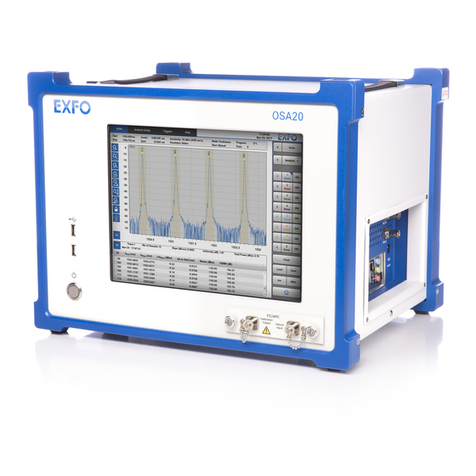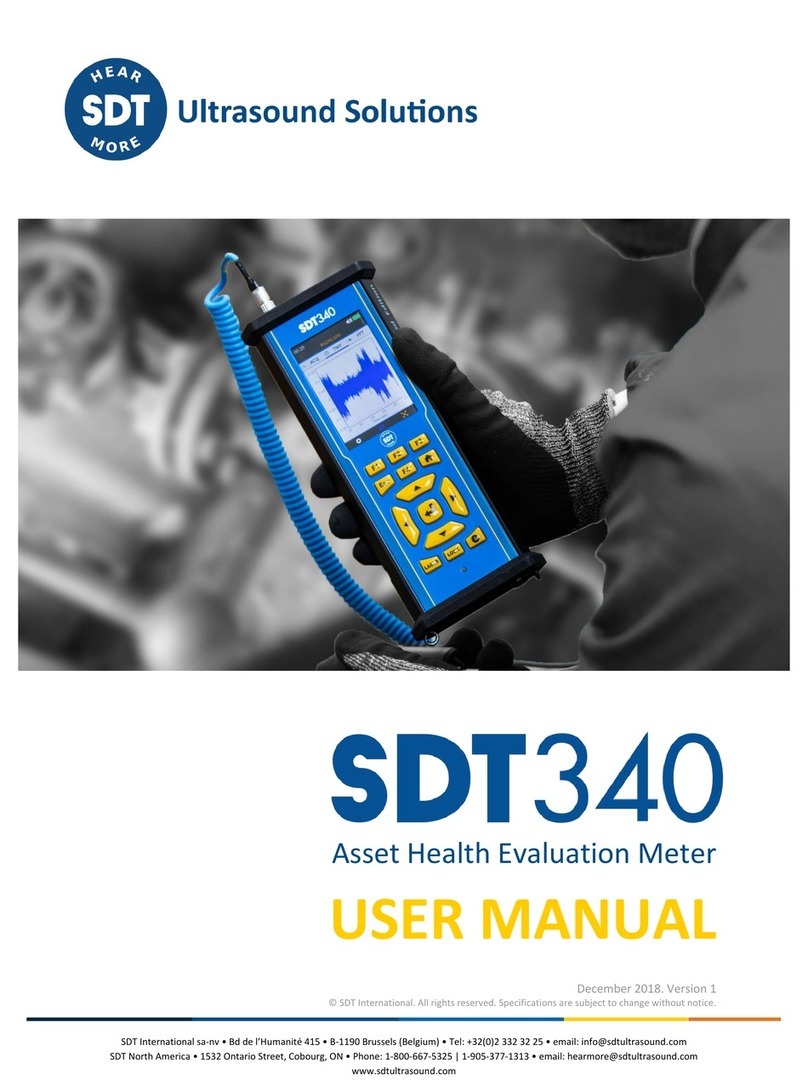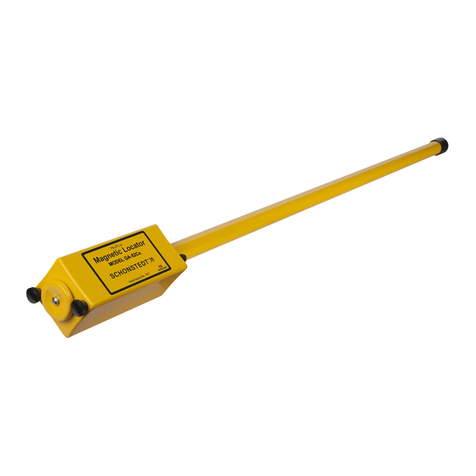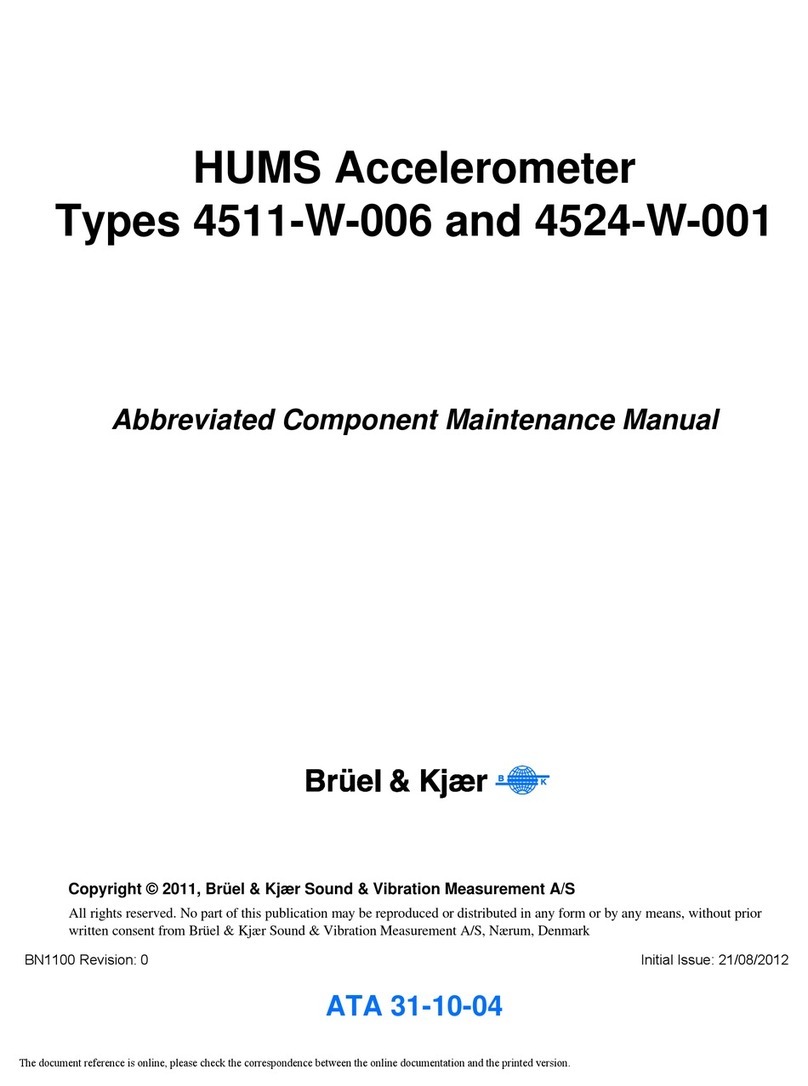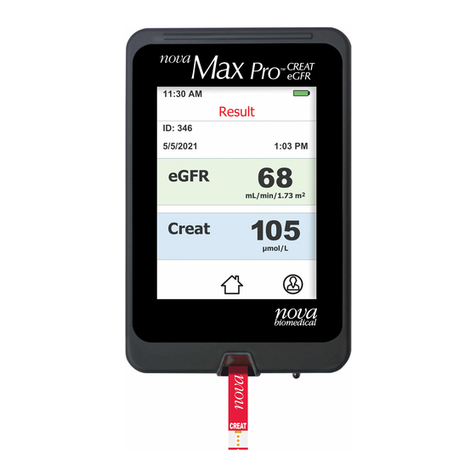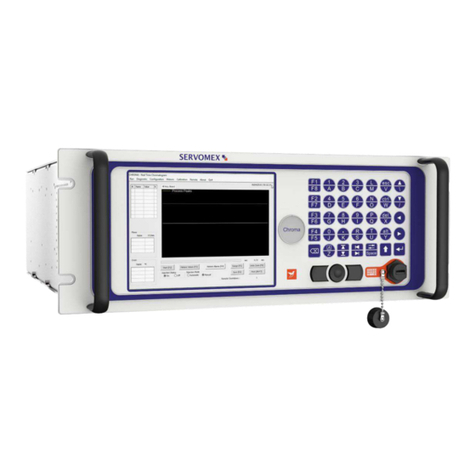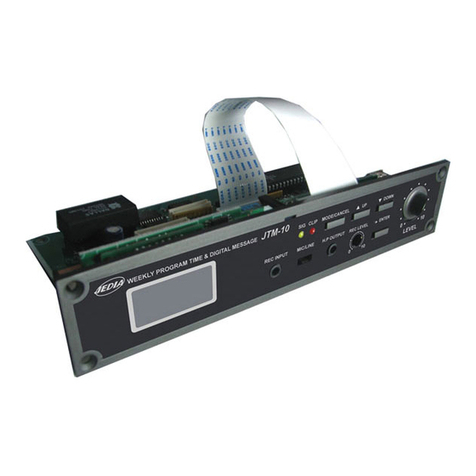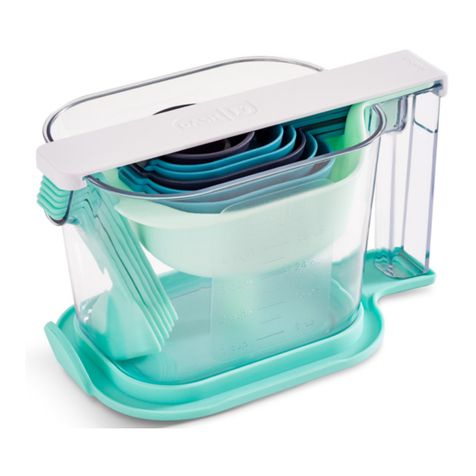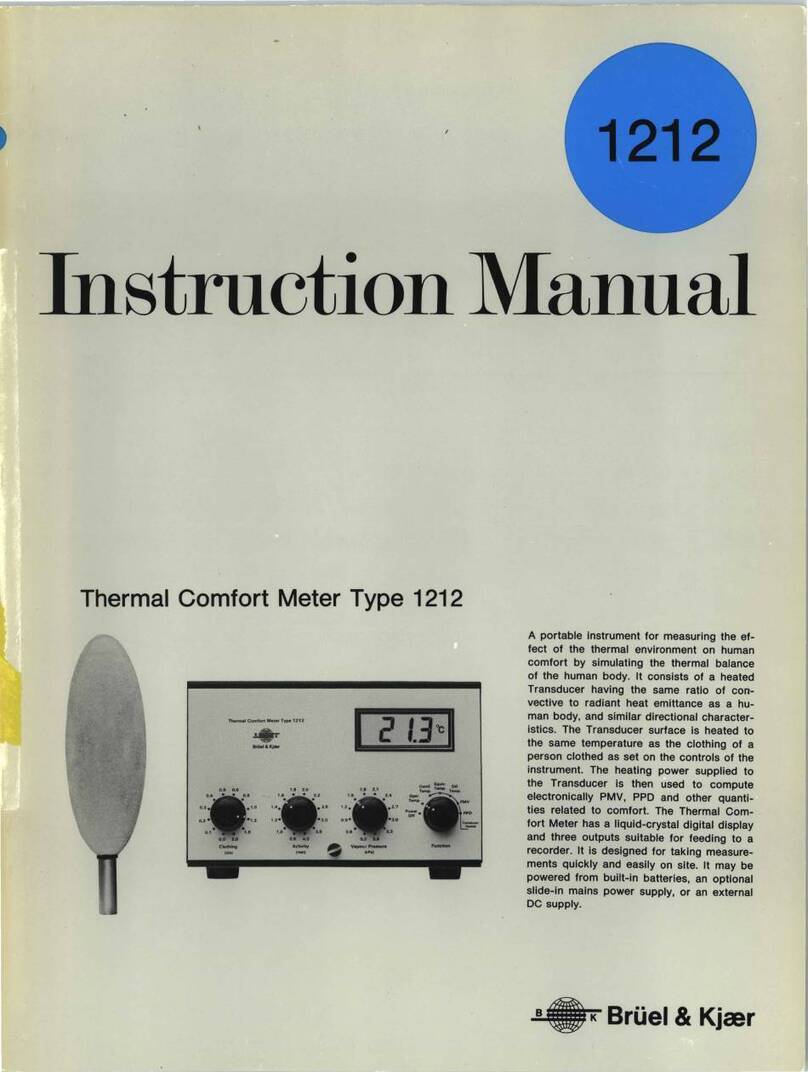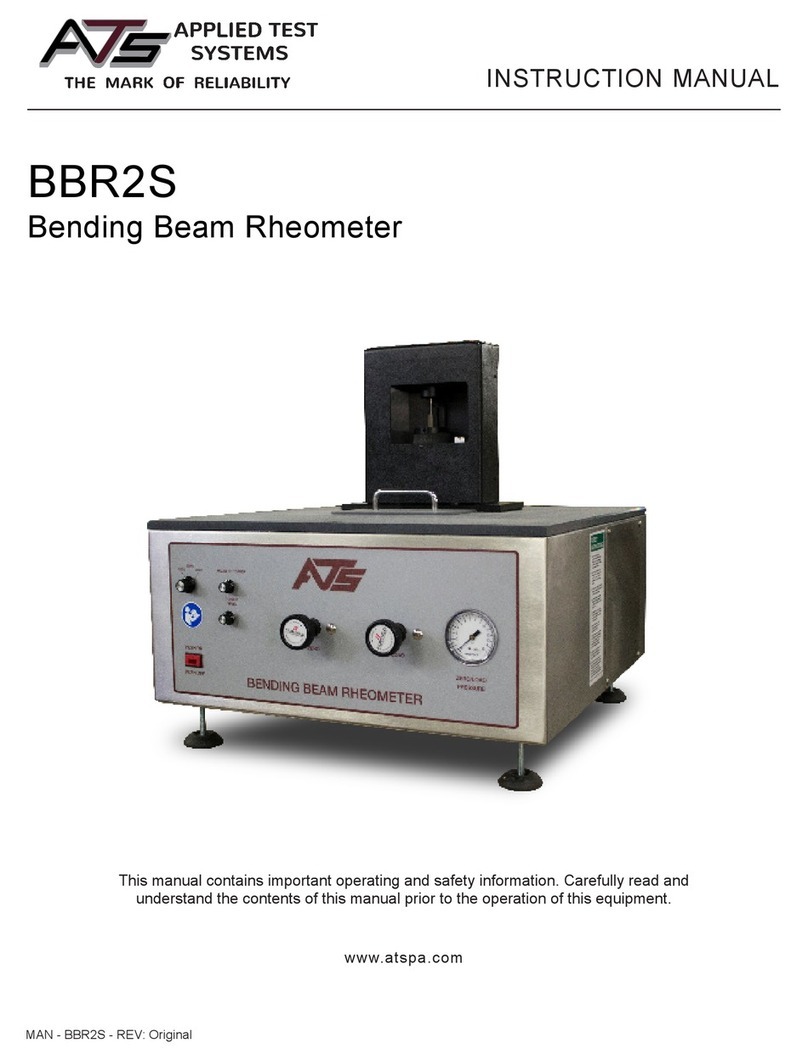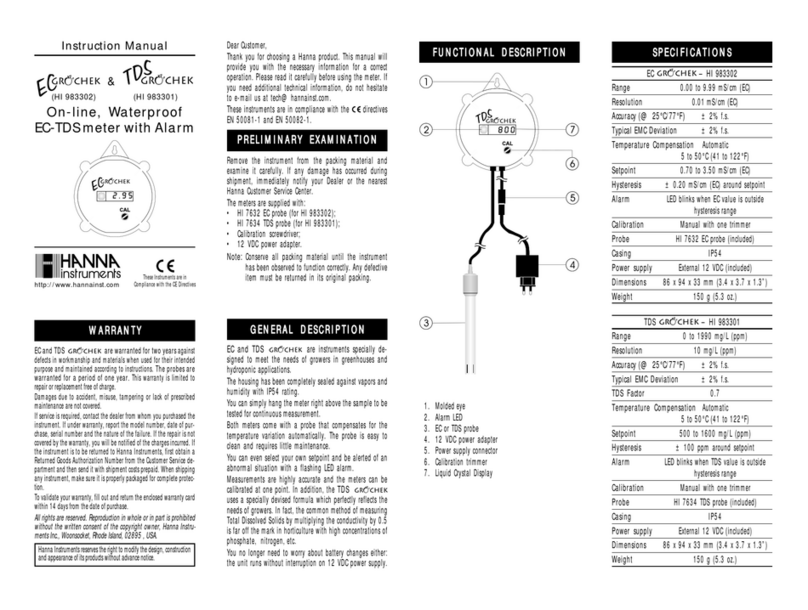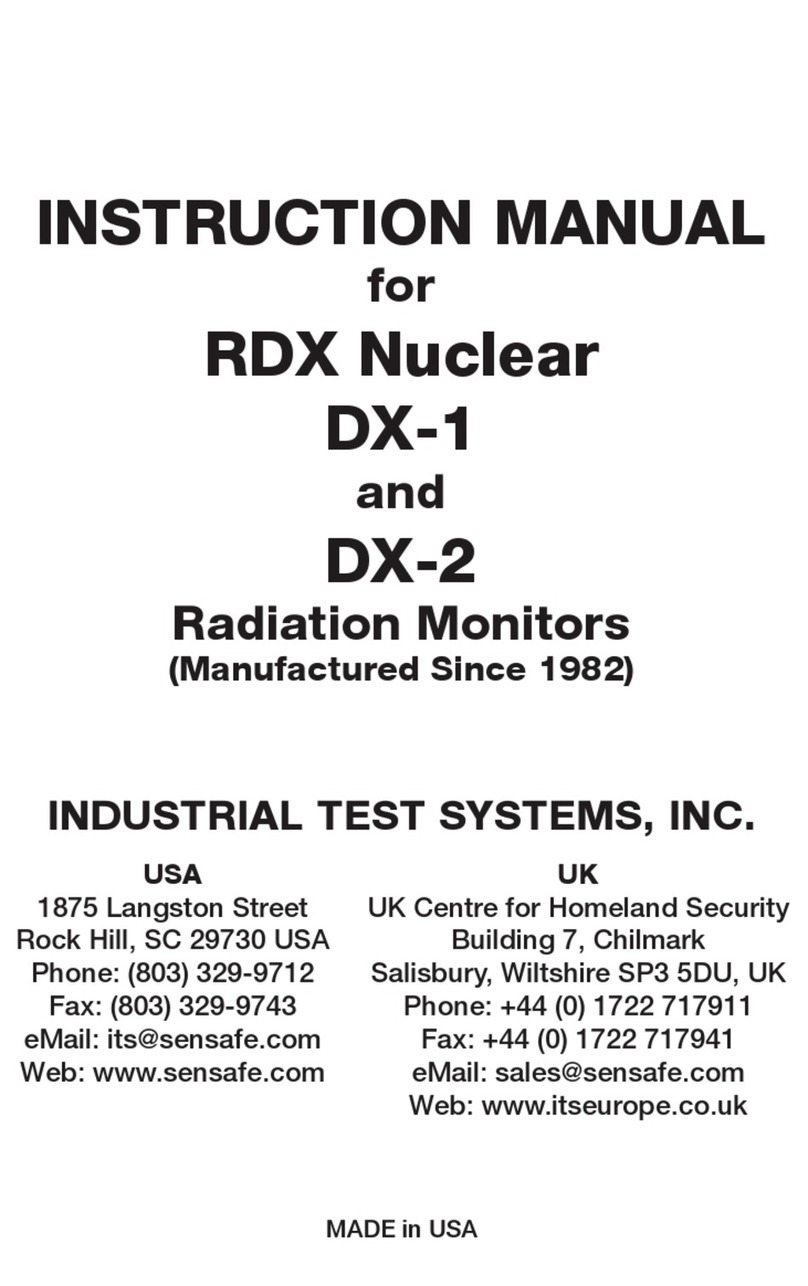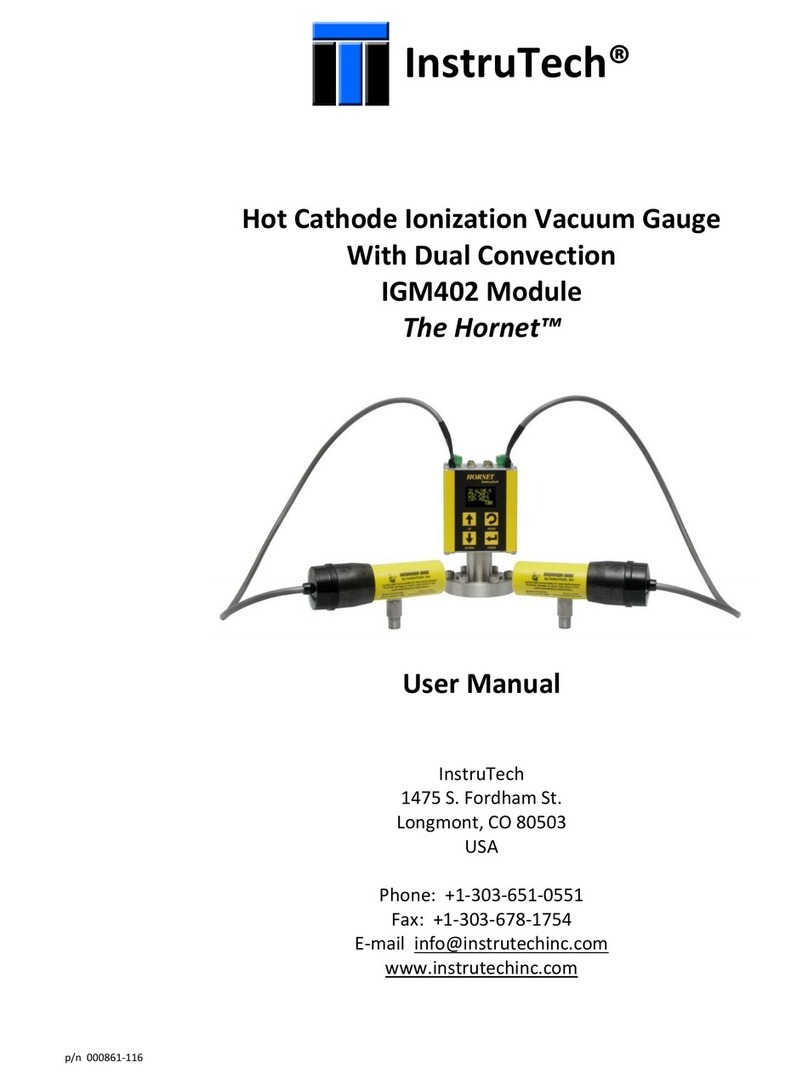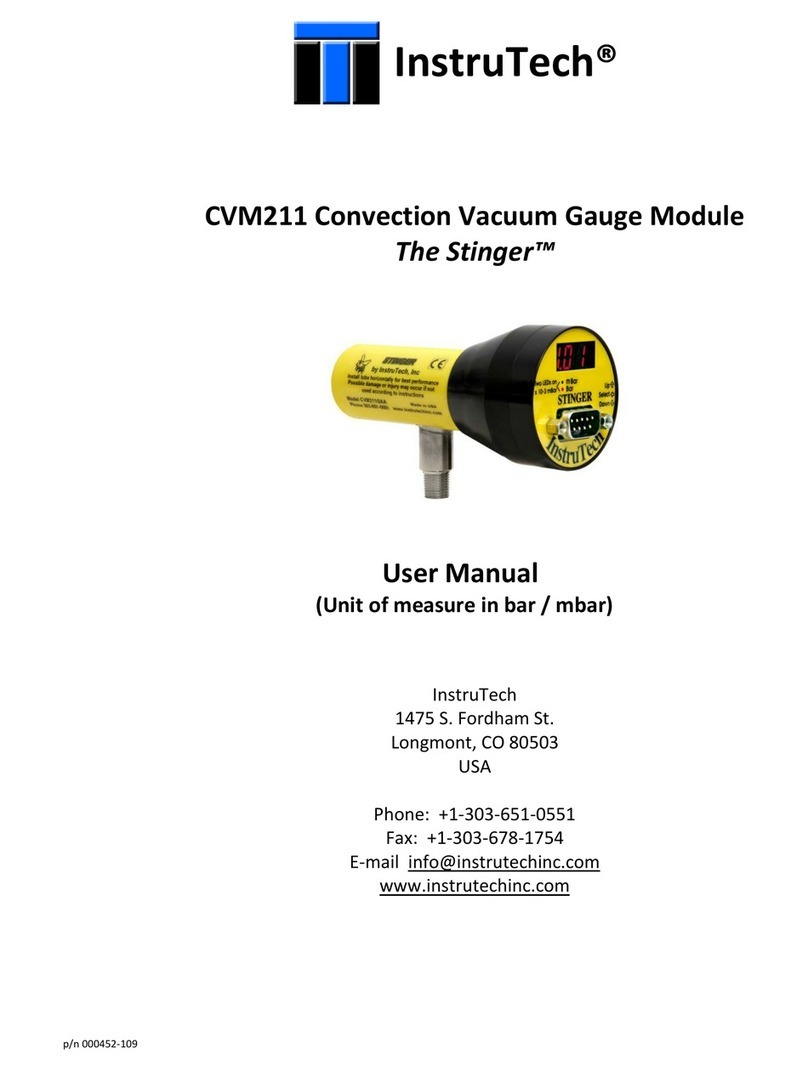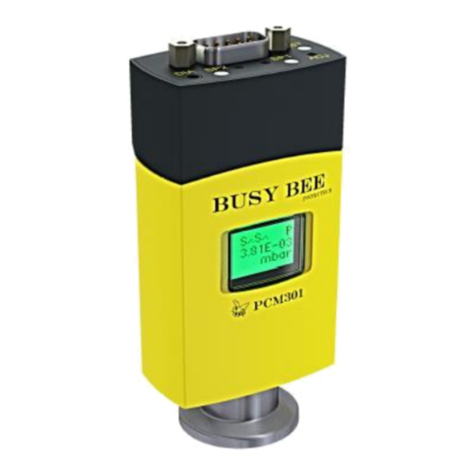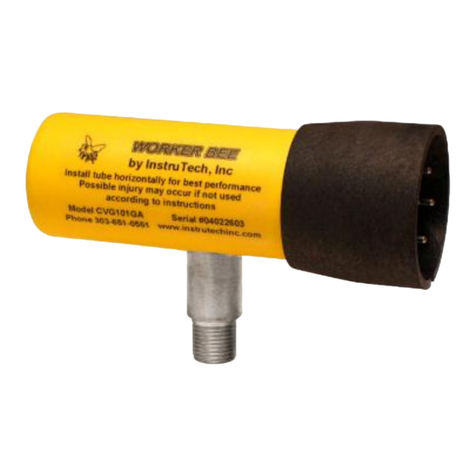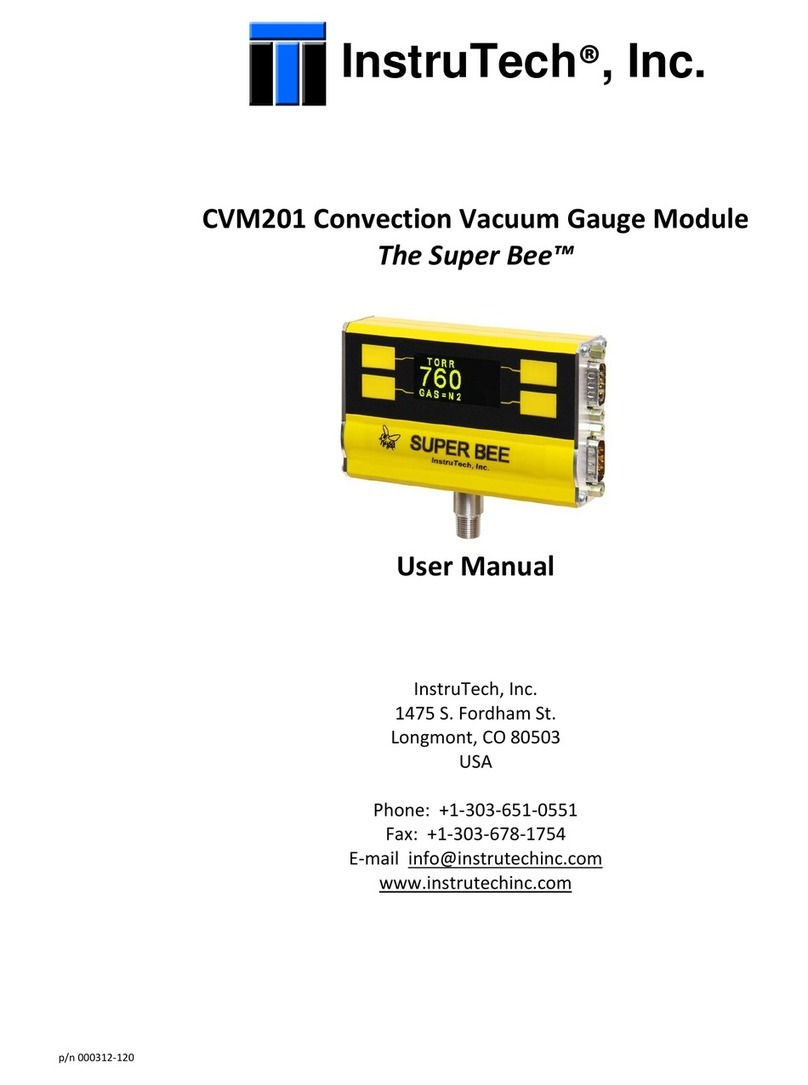InstruTech Page 8
2.3 Electrical Conditions
WARNING! When high voltage is present in any vacuum system, a life threatening electrical shock hazard
may exist unless all exposed electrical conductors are maintained at earth ground potential. This applies to all
products that come in contact with the gas contained in vacuum chambers. An electrical discharge within a
gaseous environment may couple dangerous high voltage directly to any ungrounded conductor of electricity. A
person could be seriously injured or killed by coming in contact with an exposed, ungrounded electrical
conductor at high voltage potential. This condition applies to all products that may come in contact with the gas
inside the vacuum chamber (vacuum/pressure containment vessel).
2.3.1 Proper Equipment Grounding
WARNING! Hazardous voltages that could seriously injure or cause death are present in many vacuum
processes. Verify that the vacuum connection port on which the ion gauge is mounted is electrically grounded.
Consult a qualified Electrician if you are in doubt about your equipment grounding. Proper grounding of your
equipment is essential for safety as well as intended operation of the equipment.
The CCM502 must be electrically connected to the grounded vacuum chamber. The connection must conform
to the requirements of a protective connection according to EN 61010:
➔VCR® connections fulfill this requirement.
➔For gauges with a KF connection, use a conductive metallic clamping ring.
WARNING! In order to protect personnel from electric shock and bodily harm, shield all conductors
which are subject to potential high voltage electrical discharges in or around the vacuum system.
2.3.2 Electrical Interface and Control
It is the user’s responsibility to ensure that the electrical signals from this product and any connections made to
external devices, for example, relays and solenoids, are used in a safe manner. Always double check the system
set-up before using any signals to automate your process. Perform a hazardous operation analysis of your
system design and ensure safeguards and personnel safety measures are taken to prevent injury and property
damage.
2.4 Overpressure and use with hazardous gases
WARNING! Install suitable protective devices that will limit the level of pressure inside your vacuum
chamber to less than what the vacuum chamber system components are capable of withstanding. For example,
a quick-connect, O-ring compression fitting may forcibly release a mounted device from the vacuum chamber
fitting with only a few psi over local uncorrected barometric (atmospheric) pressure.
In cases where an equipment failure could cause a hazardous condition, always implement fail-safe system
operation. For example, use a pressure relief device in an automatic backfill operation where a malfunction
could result in high internal pressures if the pressure relief device was not installed on the chamber.




















